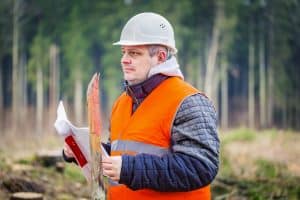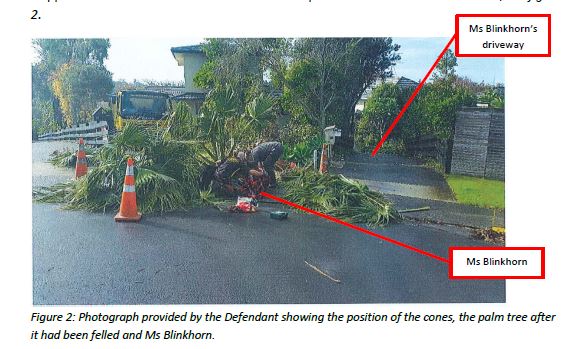
I really enjoyed presenting at the Central Safety Group’s monthly meeting yesterday*. (Taught me not to use slide presentations if you can avoid it.). Here is a brief summary of my take on the new international Standard for OHS Management Systems – ISO45001 – that I shared with the group members. Continue reading “Quick and dirty summary of new OHS management Standard”

 The publication date for the first truly international Standard on occupational health and safety (OHS) management systems,
The publication date for the first truly international Standard on occupational health and safety (OHS) management systems,  The hyperbole about
The hyperbole about 
 Workplace safety lawyers are regular contributors to occupational health and safety (OHS) journals, usually writing about some OHS case law or recent, topical prosecution. Occasionally they write a more research-based article. The November 2017 edition of
Workplace safety lawyers are regular contributors to occupational health and safety (OHS) journals, usually writing about some OHS case law or recent, topical prosecution. Occasionally they write a more research-based article. The November 2017 edition of  Engineering and design Standards have existed globally for a long time. They have considerable authority, often provided through legislation, and underpin many of the safety devices and equipment used in workplaces. But does compliance with Standards mean that something is safe?
Engineering and design Standards have existed globally for a long time. They have considerable authority, often provided through legislation, and underpin many of the safety devices and equipment used in workplaces. But does compliance with Standards mean that something is safe?